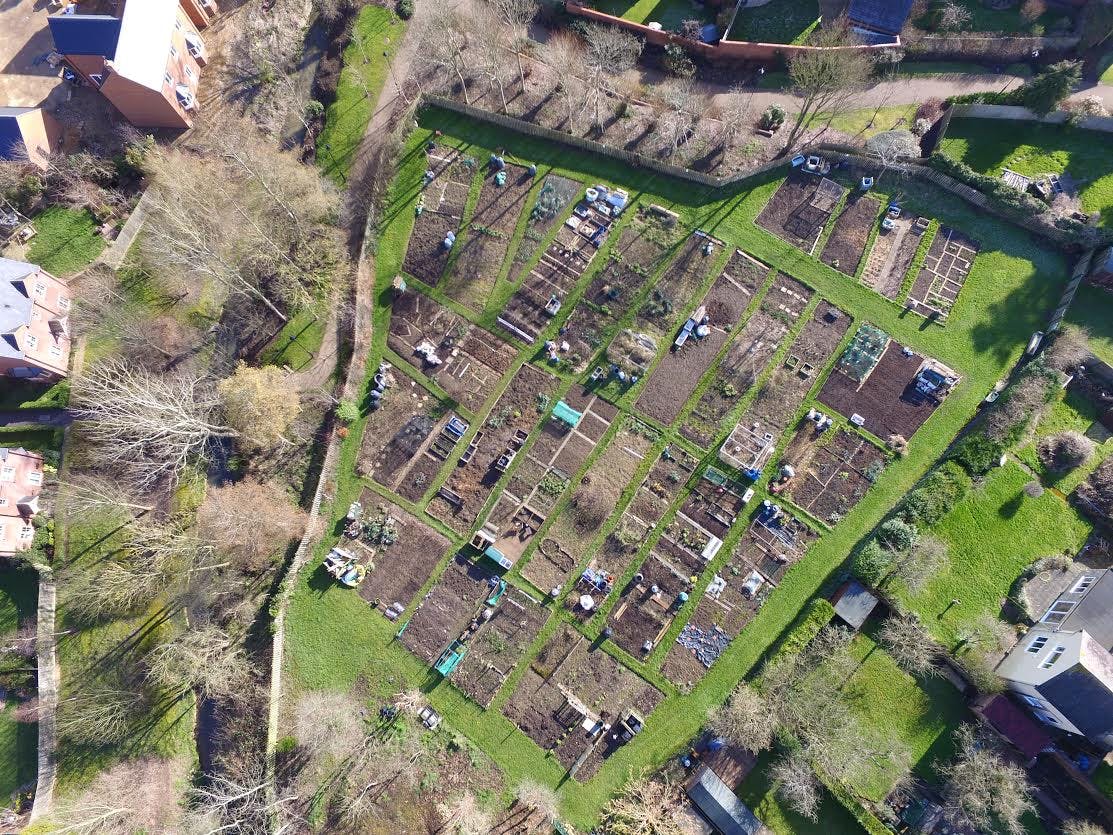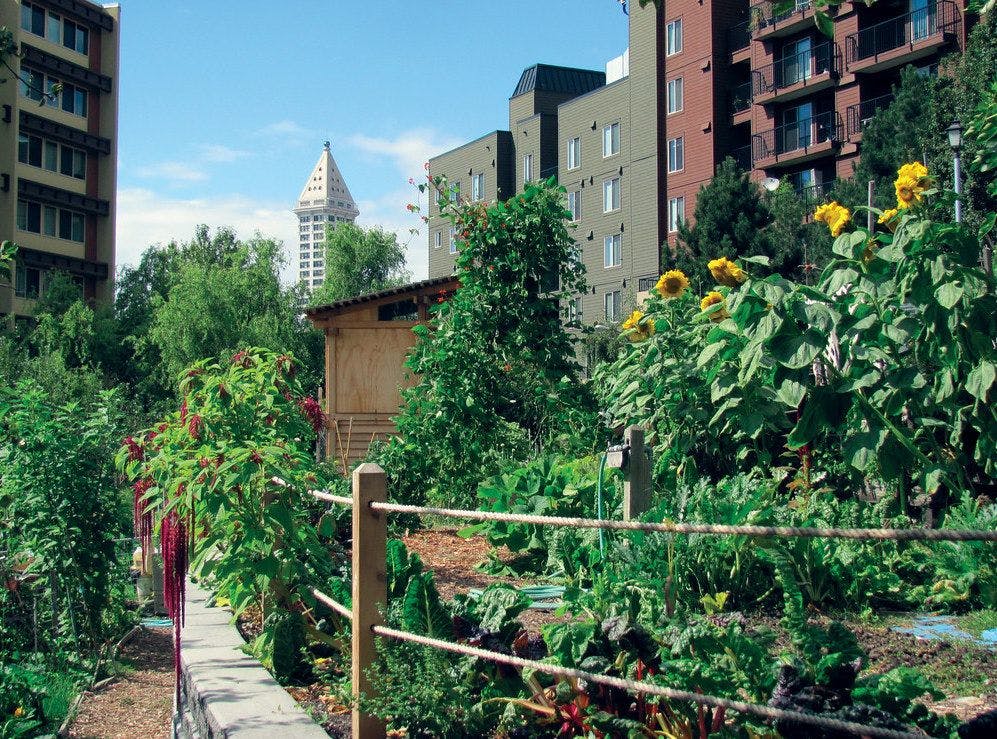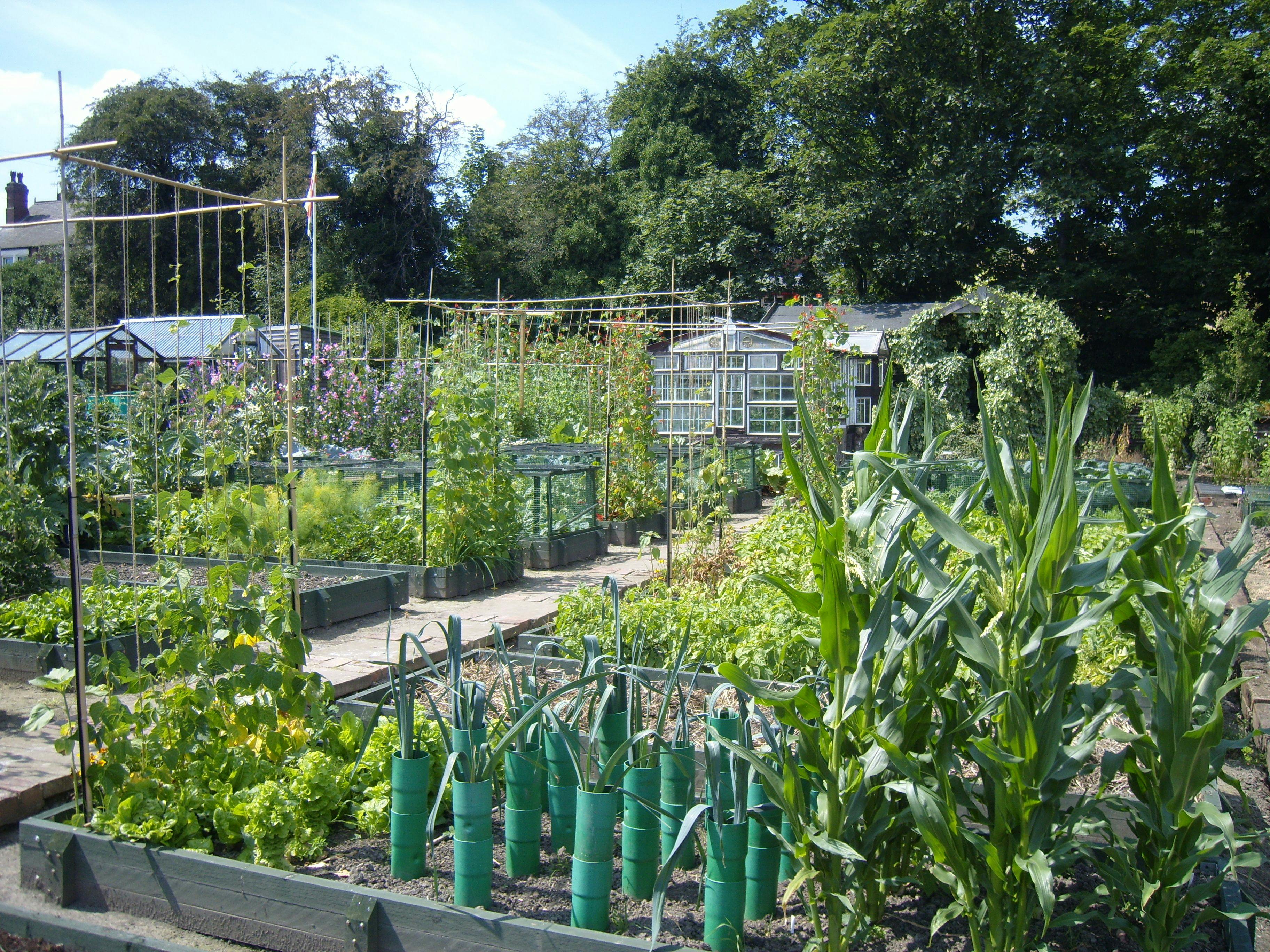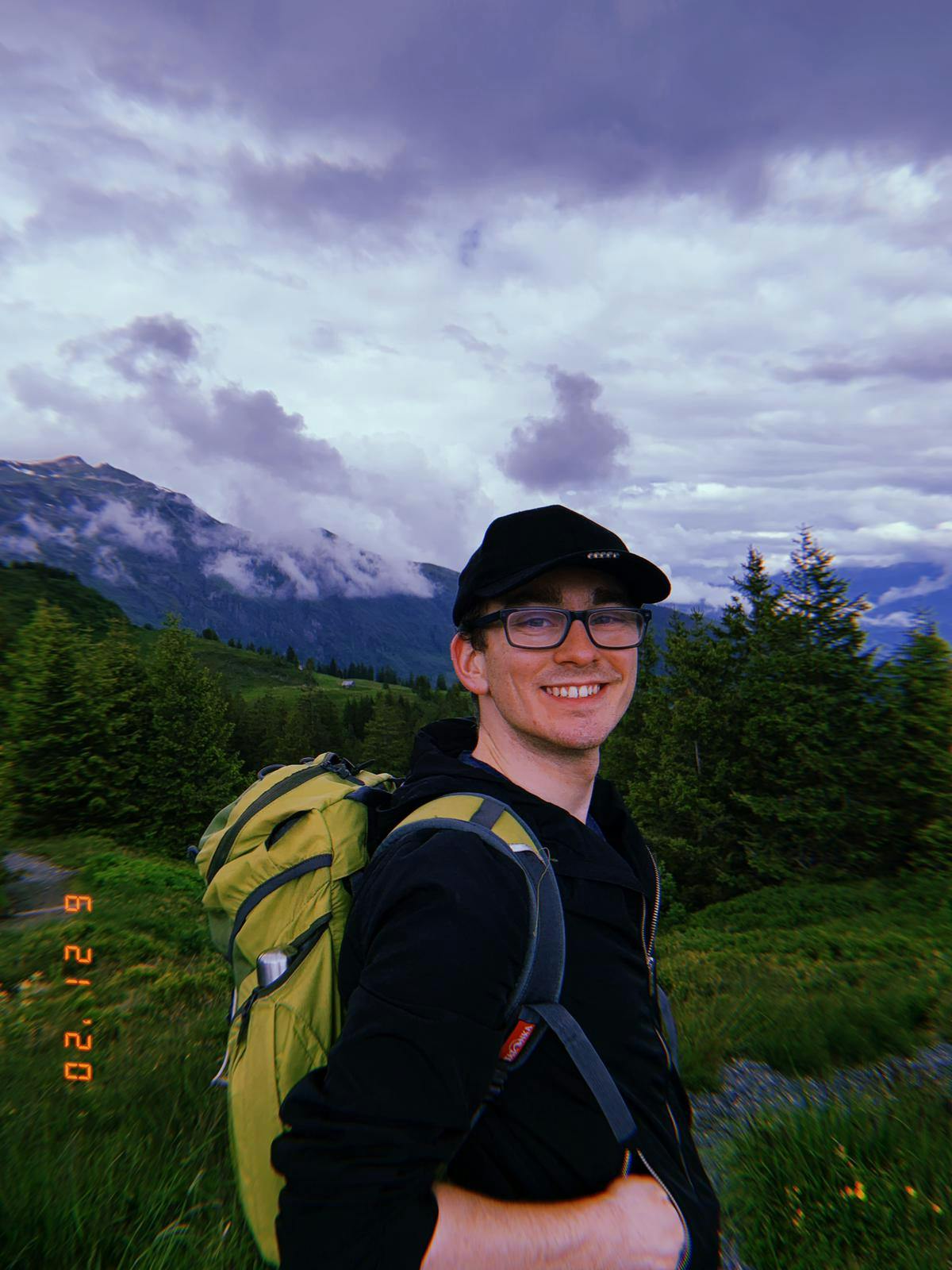The modern, Western world is underpinned by a web of assumptions about reality. One of the more pervasive assumptions is that nature is external to culture, and that both nature and culture have intrinsic and universal qualities (Foucault 2002 [1966]; Classens 2014). However, as early as the 1940s, social anthropologist Claude Lévi-Strauss claimed that no modern assumption had been as confidently repudiated as the distinction between nature and culture (1969 [1949]). Despite this, the division between nature and culture is usually taken as self-evident in the popular press (Kesebir and Kesebir 2017; Orr 2017). In Euro-American traditions, culture is understood to be that which is consciously created by humans, whereas nature is that which is non-human. In this sense there is something of a sliding scale which moves from a 'purely cultural' space (cities), through gardens and farms, all the way to pristine wilderness (Newton 2010). Part of the reason for this is that as we make the world around us, there are certain actions and techniques which appeal to notions of a divided nature and culture. These can include, as shall be seen, gardening within the confines of an allotment. Other actions, such as guerilla gardening, undermine these ideals. Perhaps the most common interaction that Euro-American city-dwellers have with nature is in their own gardens, and certain gardening practices can reinforce notions of a divided nature and culture, whereas other forms of gardening undermine these ideals. This article examines various forms of gardening and the means by which they can change perceptions of nature and culture for urban residents.
This divide is inextricably linked to the rise of European modernity during the Enlightenment. During this time, European societies began to view nature as not only dominated, but domesticated (Smith 1984). As a result, the nature found in northern Europe became seen as a kind of default, at least by northern Europeans. On the other hand, non-temperate examples of nature became seen as other — an "unnatural" form of nature (ibid.). This was a conscious creation of Enlightenment states, and urban green spaces were designed to reinforce this notion of a nature subservient to culture. A notable early example of this was George Haussmann's transformation of Paris from a medieval town to a modern city in the mid-19th century (Certomà 2011). In this reimagining of Paris, parks became a means of displaying the state's ability to control nature and order society.

From accounts of subsistence and leisure gardening, it is clear that these gardens, too, have an established place in the urban order. One example of these gardens can be found in England's prominent culture of allotments. Most gardeners will identify certain plants "belong" in their allotments and others which do not (Degnen, 2009)—the most obvious manifestation being weeds, plants that are often undesirable yet anticipated, their clearance a chore, which is part of the process of keeping a garden. However, allotments are also sometimes home to plants which some gardeners perceive as fundamentally not belonging in the UK. In a study from Catherine Degnen (2009) on allotment users in South Yorkshire and Chesire, one research participant, anonymised as 'Robert', compared the spread of Spanish Bluebells in the allotment to a group of immigrants threatening to overwhelm the country by reproducing too quickly. By using such language, Robert presents Spanish Bluebells as an 'unnatural' nature, a designation which is reminiscent of European colonial modernity. Just as, during European colonial expansion, non-temperate forms of nature became seen as other and therefore unnatural, so too do Spanish Bluebells seem unnatural and other, at least to Robert. Robert's reaction, by highlighting certain forms of nature as other, thus reinforces ontological divisions between nature and culture in which only certain forms of nature are permitted to exist within a cultural space.
Not only do gardeners talk of plants which belong or do not belong, they assign agency to plants going beyond the obvious parallels between humans and plants (e.g., growth, reproduction, etc.). In the same study, weeds needed to be discouraged from "sneaking" over an edging stone, a task which requires vigilance because they are "clever" (2009: 157). One gardener, Pamela, said that not much pruning was necessary because the rhododendrons were "quite well behaved" (2009: 159). However, if gardeners were to be pushed on this, they would likely insist that of course, they 'really know' that plants and people are of a different classifications and speak only 'as if' they were contemporaries (Ibid.).
So why do we continue to believe in a nature-culture divide when there is evidence that people can and do form intimate relationships with nature? Or rather, why does the Euro-American epistemological regime (i.e., a set of deep and seemingly innate assumptions about how the world works) which separates nature and culture persist in the face of evidence to the contrary (Descola, 2013 [2005])? I suggest this is because intimate relationships between humans and plants are not permitted according to the kinds of space created by allotments. Through space making techniques, allotments reinforce the epistemological regime which separates nature and culture. Although gardeners may feel connected to plants, the spatial and cultural restrictions of the allotments prevent them from acknowledging this. That is, allotments are a space for nature to exist within the cultural confines of a city, but it is a compartmentalised space where approved plants are grown in a controlled way. Deviation from this approved manner is considered "unnatural," and relationships with plants which do not follow an approved form are dismissed as metaphor. Therefore, in suppressing these relationships, allotments reinforce perceptions of a division between nature and culture.

But this is not to say that all forms of gardening reinforce the divide. Radically different to allotments are guerrilla gardens. Whereas allotments are built on plots of land set aside by municipalities for that purpose, guerrilla gardeners are those who, either alone or in groups, plant flora in neglected areas of public or private land without the consent of the owner (Adams and Hardman, 2014). Guerrilla gardening is asserting a right to the city, its practitioners are staking claims to how cities should be organised (Ibid.). In doing so, guerrilla gardeners challenge the rules of cities as established by George Hausman during the renovation of Paris. This renovation replaced winding organic streets with planned boulevards and grand parks, those grand parks representing nature's place as subservient to the city. Therefore, by undermining the 'established' rules of the city, guerrilla gardeners undermine distinctions between nature and culture.
The case of Ron Finley provides an excellent example of this. Finley lives in a South-Central Los Angeles food desert—an area which has limited access to fresh and nutritious food. From Finley's neighbourhood, one must drive for around 45 minutes to find a grocery store and most people eat processed foods or visit restaurants. Realising the health dangers of having limited access to fresh foods, Finley decided to plant a garden on the verge between the road and pavement outside his house. Though approved of by the community, Finley was issued a citation and eventually a warrant along with an order to remove his garden—though it was allowed to remain after a community petition. That the Los Angeles authorities demanded the removal of Finlay's garden demonstrates that building gardens in an unapproved manner is socially subversive.
In his TED Talk, Finley (2013) does not mention 'nature', and the ways in which he talks about the garden do not follow a standard narrative that nature has an ordered and subservient place relative to the city. Finley compares himself to a graffiti artist claiming that the soil is his canvas. In doing so, Finley takes one of the staples of culture, making art, and claims to create it with something that is considered a staple of nature: plants. When considering the binary split between nature and culture, some things will be grouped under "nature" (plants, animals, rivers, etc.), and some things will be grouped under "culture" (technology, buildings, etc.). Likewise, that which is grouped under "nature" is considered chaotic, whereas that which is grouped under "culture" is considered orderly. Usually, art is firmly within the "culture" category, but graffiti is an art form which is intrinsically considered subversive to an ordered urban environment. Furthermore, Finley casually merges natural and cultural categories by unproblematically blending plants and art. He speaks as though it were natural and obvious that a garden and the plants therein were his tools for art.

Urban gardening can serve to reinforce the perceived divide between nature and culture when the conditions of the garden are bounded and spatially restrictive as they are in allotments. This is because, under these spatial conditions, nature is occupying the space it is "supposed to" within a city. On the other hand, guerilla gardening can undermine this divide because this practice encourages the growth and use of plants in locations and for purposes which do not fit with the typical model of how plants are supposed to exist in urban spaces. On the other hand, because plants can self-reproduce for free and can be planted by anyone almost anywhere, this gives them inherently radical, democratic, and anti-neoliberal qualities (Classens, 2014). As a result of these qualities, plants free us from many of the constraints of consumer capitalism, a cornerstone of the Euro-American epistemological regime and therefore, Classens argues, it is the plants themselves, rather than human actors, which have the agency to affect change. By putting plants at the centre of our model for how to affect change within our environments, we can build relationships with the world around us which involve seeing nature as close to us, rather than distant. By recognising that authentic nature is a part of our lives, rather than separate, we can take responsibility for our actions in nature and live more sustainably. Perhaps in the right circumstances, gardens can change how we perceive nature, allowing us to build sustainable cities in which nature is an inextricable part of the cultural experience.
References
Adams, D. and Hardman, M. 2014. Observing Guerrillas in the Wild: Reinterpreting Practices of Urban Guerrilla Gardening. Urban Studies 51(6):1103–1119. Certomà, C. 2011. Practice, Critical Urban Gardening as a Post-Environmentalist. Local Environment 16(10):977–987. Classens, M. 2014. The Nature of Urban Gardens: Toward a Political Ecology of Urban Agriculture. Agriculture and Human Values 32(2):229–239. Cronon, W. 1995. The Trouble with Wilderness or, Getting Back to the Wrong Nature. In: Uncommon Ground: Toward Reinventing Nature. New York, NY: W.W. Norton andCompany Inc. Pp. 69–90. Degnen, C. 2009. On Vegetable Love: Gardening, Plants, and People in the North of England. Journal of the Royal Anthropological Institute 15:151–167 Descola, P. 2013 [2005]. Beyond Nature and Culture. Chicago, IL: University of Chicago Press. Finley, R. 2013. Ron Finley: A Guerrilla Gardener in South Central LA. Long Beach, CA: TED. Foucault, M. 2002 [1966]. The Order of Things: An Archaeology of the Human Sciences. New York, NY: Routledge. Gregory, D. 2001. (Post)Colonialism and the Production of Nature. In N. Castree and B. Braun (eds.) Social Nature: Theory Practice and Politics. Malden, MA: Blackwell. Pp. 84–111. Lévi-Strauss, C. 1969 [1949]. The Elementary Structures of Kinship. Boston, MA: Beacon Press. Newton, E. N. 2010. The Pursuit of Ecotopia: Lessons from Indigenous and Traditional Societies for the Human Ecology of Our Modern World. Santa Barbara, CA: Praeger. Power, E. 2005. Human-Nature Relations in Urban Gardens. Australian Geographer 36(1):39–53. Smith, N. 1984. Uneven Development: Nature, Capital, and the Production of Space. Oxford: Blackwell.

